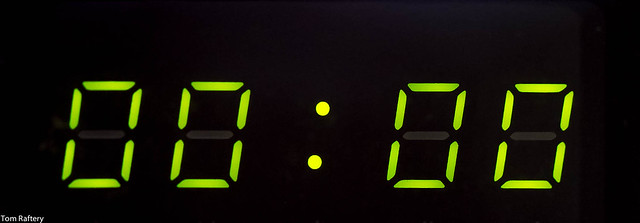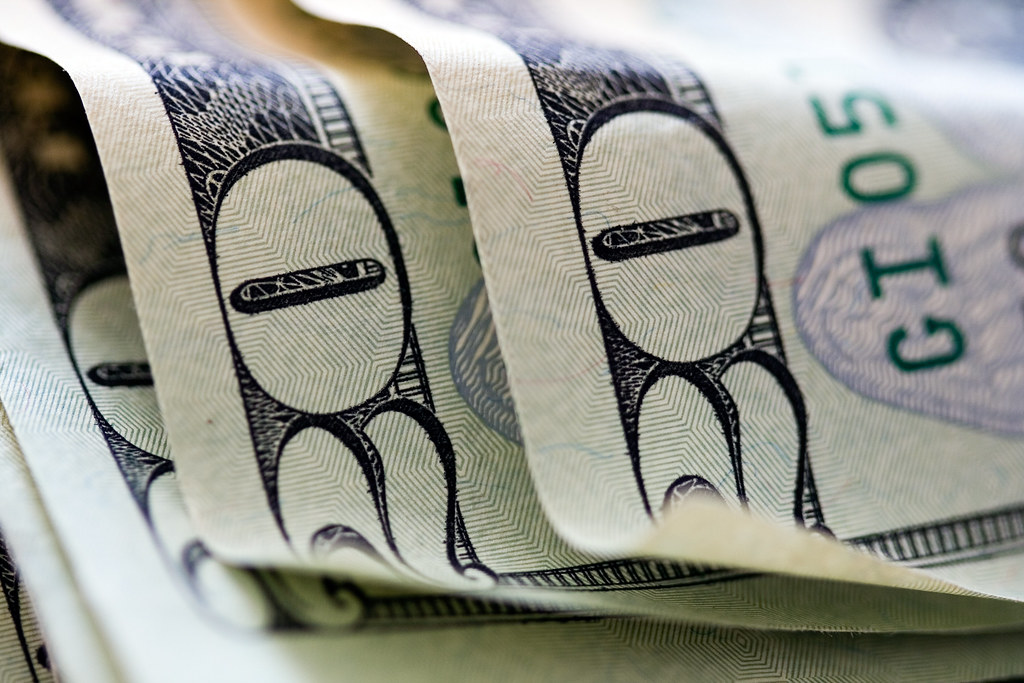We talk to utilities a lot here on GreenMonk, but mostly electrical utilities. Recently I had an opportunity to talk to Tammy Powlas of water utility Fairfax Water to learn more about what they do.
It was a fascinating chat we had. Fairfax water makes extensive use of technology and also embue a culture in their employees of putting the customers’ needs first, and as a result, they produce safe, consistent, and cheap water for their constituency. This is vital work considering how important water is to our everyday lives.
Here is a transcript of our conversation:
Tom Raftery: Hey everyone! Welcome to GreenMonk TV. I am talking today to Tammy Powlas who is a senior business analyst with Fairfax Water. Tammy, water utilities, it’s an interesting field and one that we don’t talk about enough often. I think people take water for granted often, but it’s one of our more valuable resources. Can you give us a bit of background first on Fairfax Water? What kind of size are you, who do you deliver water to, and what kind of challenges you’re facing, that kind of thing.
Tammy Powlas: Okay, yes, Fairfax Water, we are the largest water utility in the State of Virginia. Currently, we serve 1.7 million people water, and one out of every five Virginians gets their water from us. We serve the Fairfax County and surrounding counties. One of our challenges or immediate challenges is we’re acquiring two new water utilities in our area. The other thing about Fairfax Water, we pride ourselves on being one of the lowest cost water utilities in the Washington, D.C., Virginia, Maryland area.
Tom Raftery: Great! So you give cheap water to people. Does that necessarily mean that’s good water?
Tammy Powlas: Oh, absolutely! We have a lab group who does testing. We have two sources of water. They are very active in testing that. Our customers can request at anytime, what’s the quality of the water. So we pride ourselves on giving the best lowest cost water in the D.C. area, and it’s always available.
Tom Raftery: And to coin the phrase, do you eat your own dog food, are you a —
Tammy Powlas: Yeah, I am a Fairfax Water customer. I live in Fairfax County. I have been a Fairfax Water customer since 1999. I’ve had good service from Fairfax Water as a customer. I do eat my own dog food, yeah.
Tom Raftery: So how do you manage to keep the prices down?
Tammy Powlas: Well, for us, I think it comes from the general manager on down. We are public sector water utility, I forgot to mention that. So revenue, we’re not tied to revenue, but we pride ourselves on always doing what’s the least cost or what’s the most cost efficient thing for our customers. So everything always has to have a business case. We do a cost benefit analysis, and it’s always questioned from the general manager, the finance manager, is this going to fit our customers, is this the best solution for our customers. So we pride ourselves on always thinking in those terms and the whole company does.
Tom Raftery: Okay. Is technology helping out at all?
Tammy Powlas: Oh, absolutely! We’ve been using the SAP utilities solution since 2004, and that has really helped us integrate all our solutions together from billing, from maintenance, and very importantly, financials. So that helps us manage the cost, manage our maintenance, manage our bills, everything is all together. We have integrated financial statements in SAP that even using a business object software, it’s all come together and really helped us be more efficient for our customer.
Tom Raftery: Okay. I mean water utilities, and utilities in general, have large issues around infrastructure management. How do you handle that?
Tammy Powlas: That’s handled also in SAP using the Plant Maintenance Solution. We’ve been lucky, because our infrastructure is relatively new compared to our surrounding utilities, surrounding jurisdictions like Washington, D.C. which to me has a lot of issues with the aging infrastructure. So for us, we’re very active in predicting what’s going to go wrong, planning our maintenance, so that’s part of our whole company.
Tom Raftery: Sure! I mean what are plans moving forward for tech roll outs and the interesting projects on the horizon, to help you better serve your customers?
Tammy Powlas: Oh, absolutely! For sure after data migrations, I would see it’s giving more visibility into how our customers are using the water, how am I consuming the water, how do I compare to my neighbors. So we’ve been relatively lucky. We haven’t had to tell our customers to boil the water, we haven’t had water shutoff, we don’t regulate the water and say you can only water on every other day. So we’ve been fairly lucky with that. But, I think given that people want to be more sustainable, I think they are going to want to see how am I managing my water and how am I consuming and how do I compare to my neighbors.
Tom Raftery: And smart meters?
Tammy Powlas: Smart meters, we have not looked at that yet. I think that is coming. What’s interesting is some of these jurisdictions that we’re getting, they have automated meter readings, and I think that will come. I think that’s got to be on the horizon. I am giving you my personal opinion, I don’t speak to Fairfax Water but I think that’s going to happen for sure, because I think the customer demand hasn’t happened yet, but I think that’s going to happen over time.
Tom Raftery: As people see the advantages of the smart meters for electricity.
Tammy Powlas: Yeah, absolutely! I can see that today with my own electric bill. I can log on and do all that and there’s a lot of benefits to that and there is a lot of incentives for the utility company as well.
Tom Raftery: Okay, cool! Tammy, that’s been great. Thanks once again for talking to us today.
Tammy Powlas: Absolutely! Thank you, thank you Tom!








